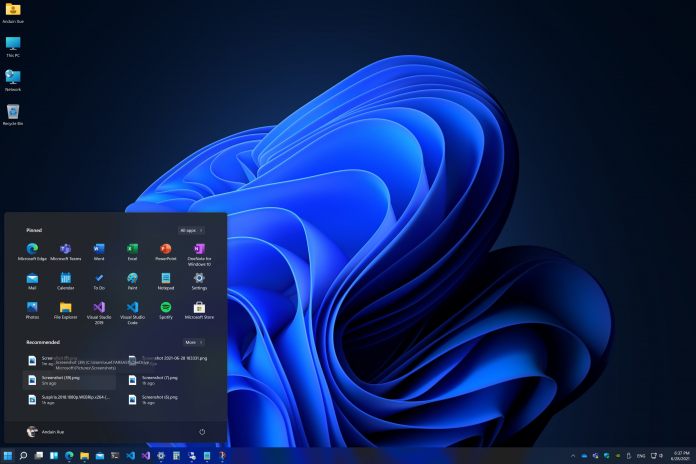Check out our full report to see which updates are available as out-of-band releases. [17.01.22 – 15:54 CET] Last week we reported on Microsoft’s decision to pull its January 2022 Patch Tuesday updates for Windows Server. Severe bugs caused by those KB releases meant they were unworkable for users. It seems Microsoft’s quickly solved the issues because as of late 14/01/22, the updates are once again available. So, it took the company around one day to fix the issue after pulling the updates on Jan 13. It is worth noting the updates were never removed from the Microsoft Catalog, but they were from Windows Update. It may have been a mistake to remove the updates and Microsoft quickly rectified the error. While the company is being quiet on that scenario, there is no doubt these Patch Tuesday releases for Windows Server are causing issues. In an email to BleepingComputer, Microsoft acknowledges the flaws and are currently investigating them. Furthermore, these problems are now listed in the known issues of the Windows Message Center with the following details: “After installing KB5009557 on domain controllers (DCs), affected versions of Windows Servers might restart unexpectedly. Note: On Windows Server 2016 and later, you are more likely to be affected when DCs are using Shadow Principals in Enhanced Security Admin Environment (ESAE) or environments with Privileged Identity Management (PIM).”
Severe Problems
Users have been reporting bugs causing domain controllers to reboot, ReFS colume to go missing, and functionality issues in Hyper-V. During this month’s January 2022 Patch Tuesday, Windows Server go the following updates: KB5009624 for Windows Server 2012 R2, KB5009557 for Windows Server 2019, and KB5009555 for Windows Server 2022. Those issues remain, so it is worth considering holding off on this month’s Patch Tuesday for Windows Server users until Microsoft can fix the problems. However, that does mean users are left with the security vulnerabilities the updates were meant to patch. Of course, this is a frequent problem with Microsoft’s update cycle around patches. Many times over the years Patch Tuesday updates have caused major issues in Microsoft services. Tip of the day: The Windows default font these days is Segoe UI, a fairly simple and no-nonsense typeface that’s used across many of Microsoft’s products. However, though some like this subdued style, others look to change Windows font to something with a bit more personality. Thankfully, Microsoft does let you change Windows fonts, but it doesn’t make it particularly easy. I our tutorial we show you how to change system font in Windows 10, or restore it again if you don’t like the changes.




